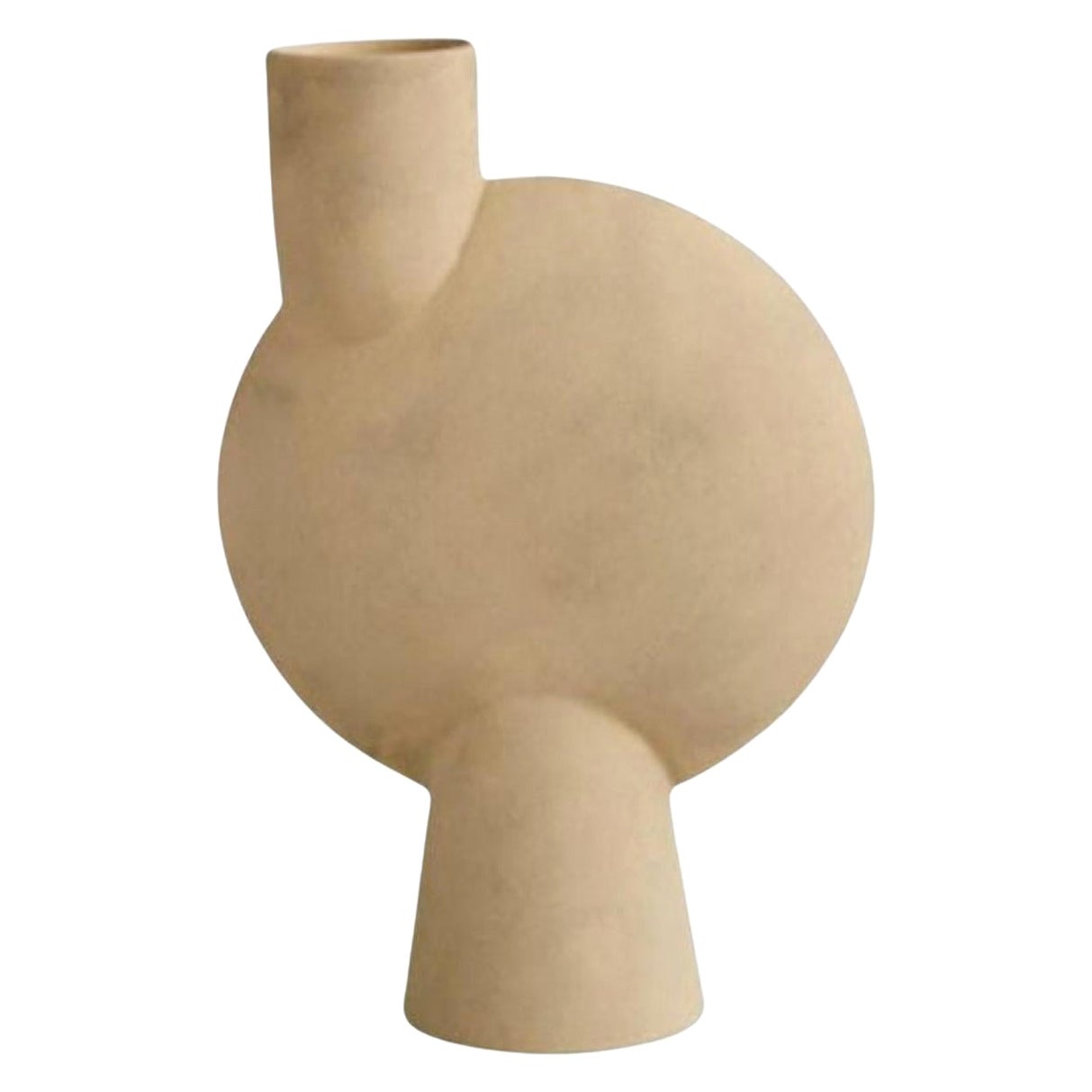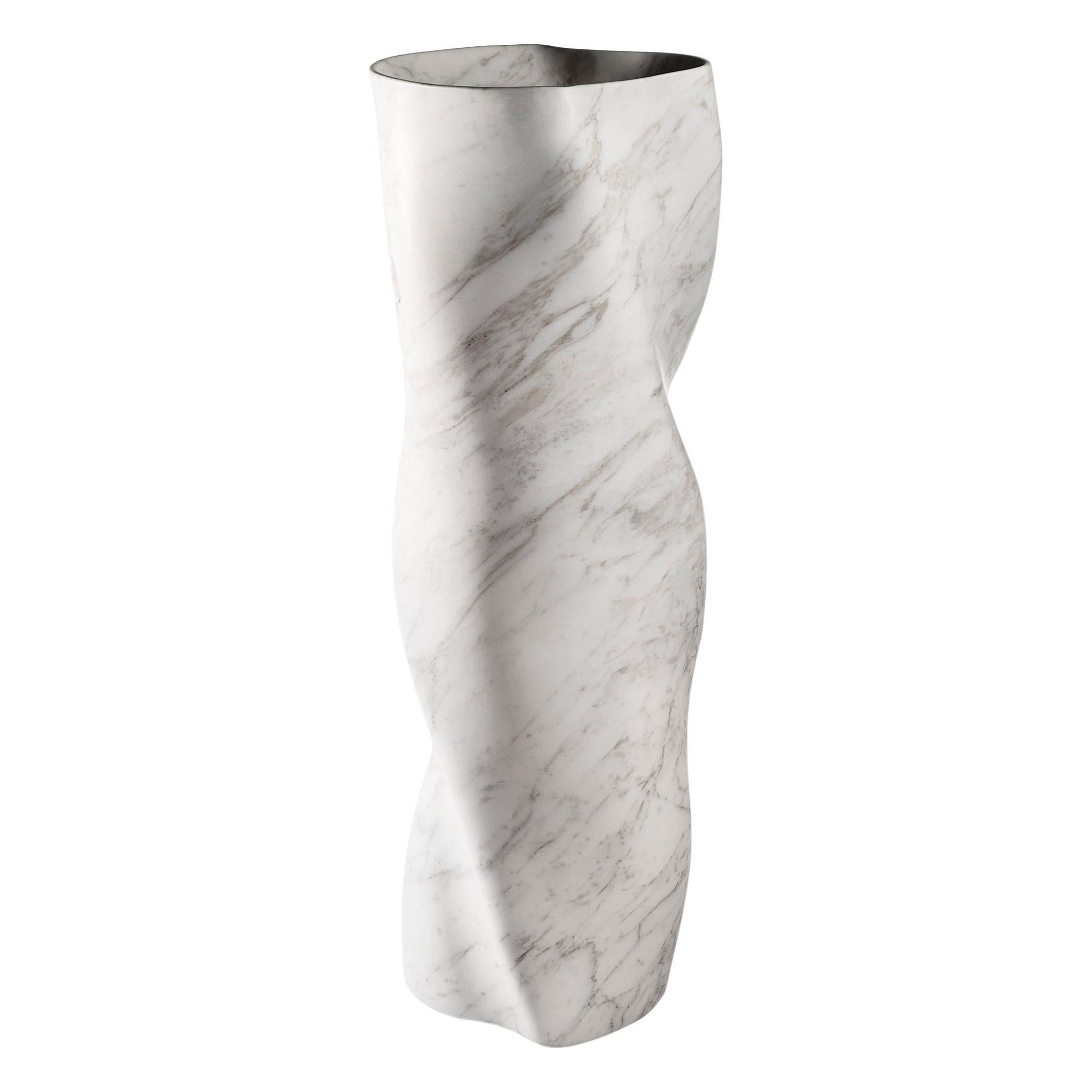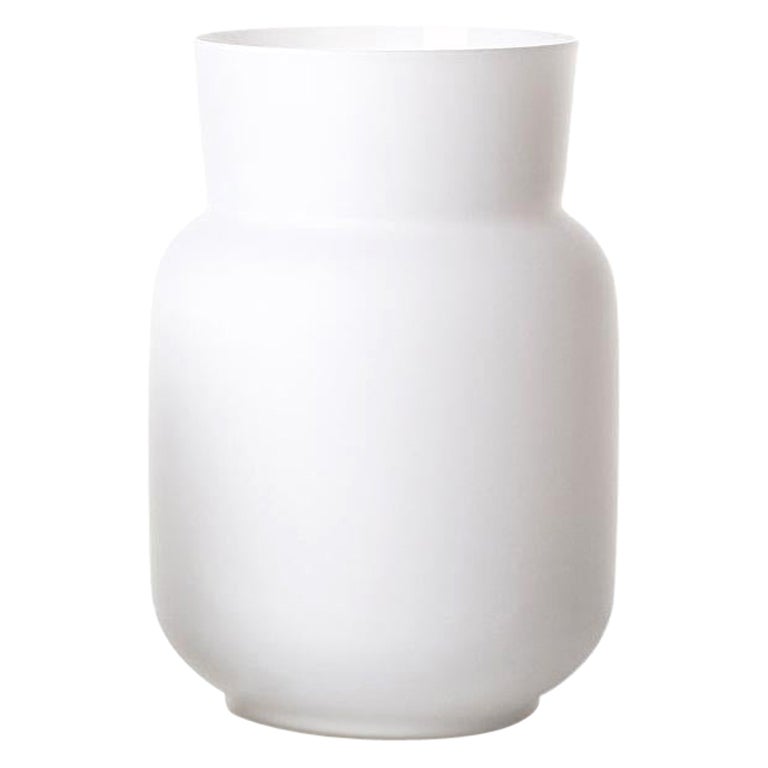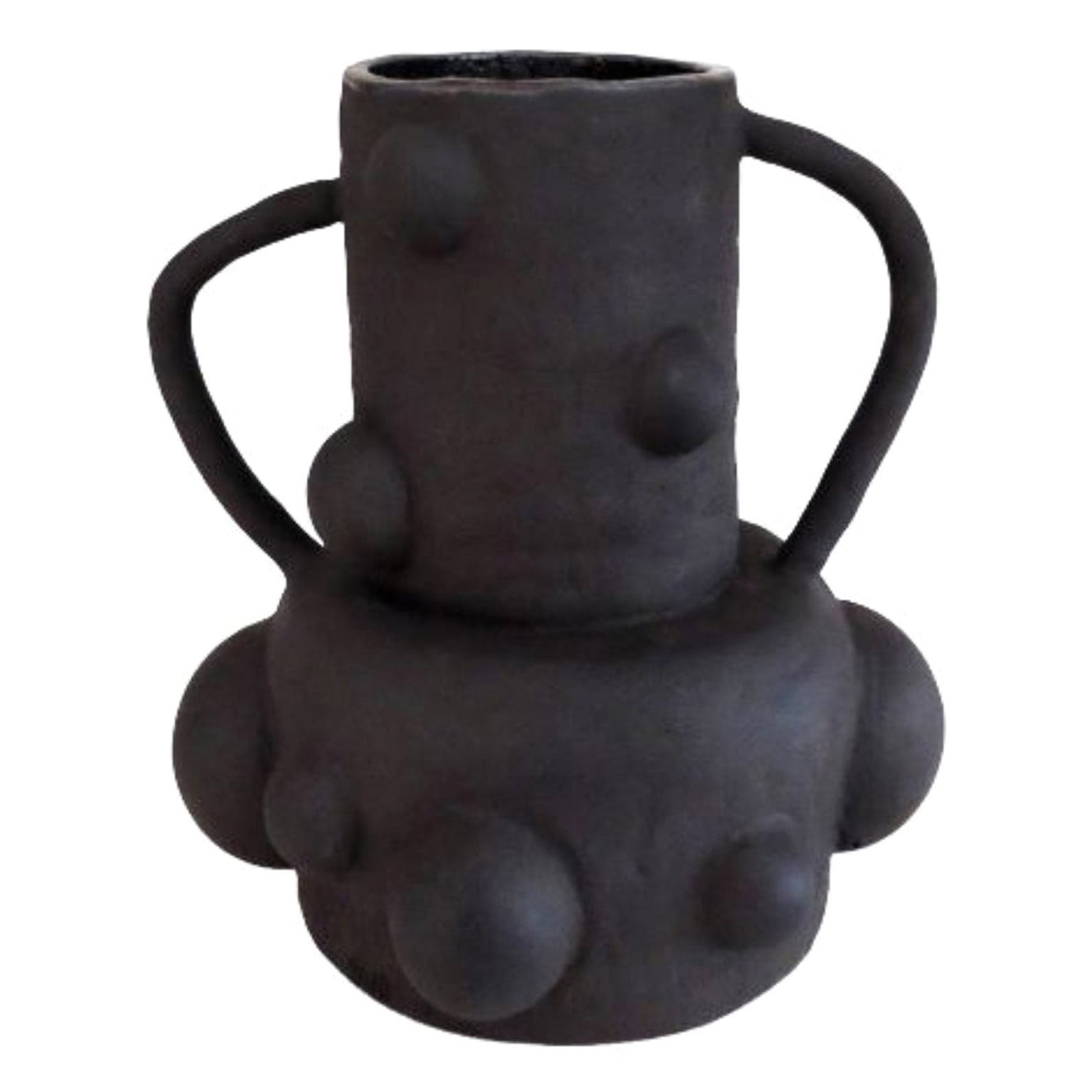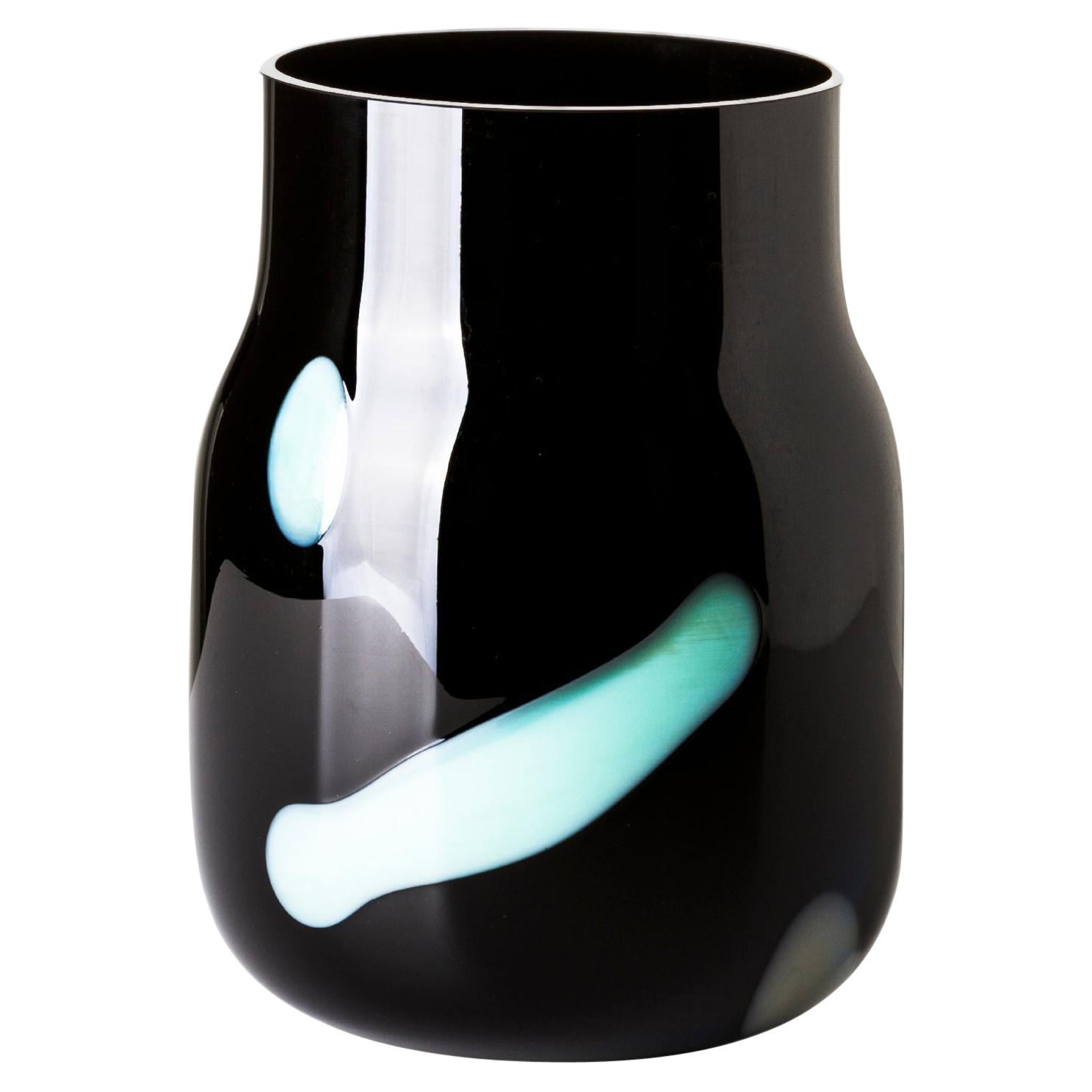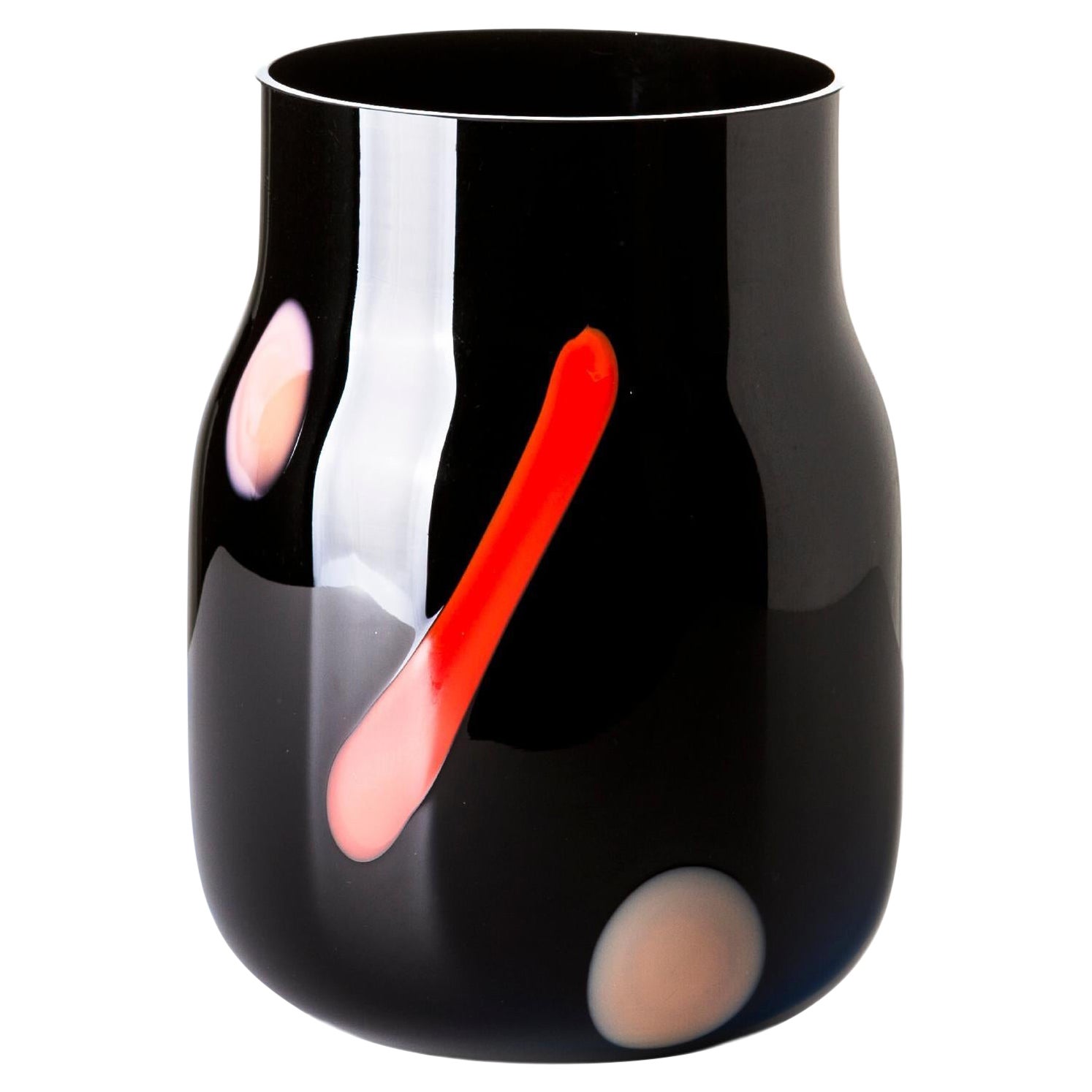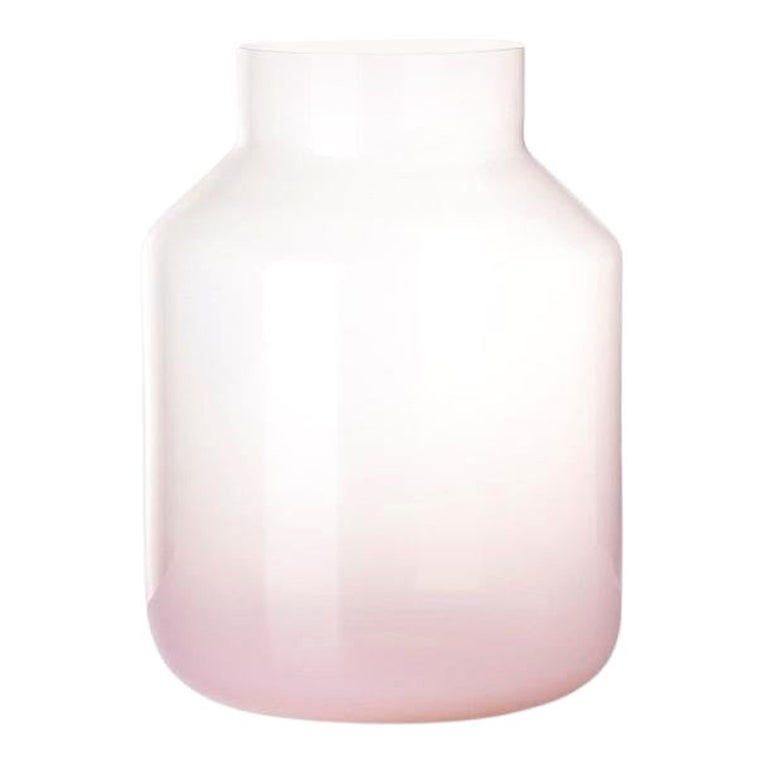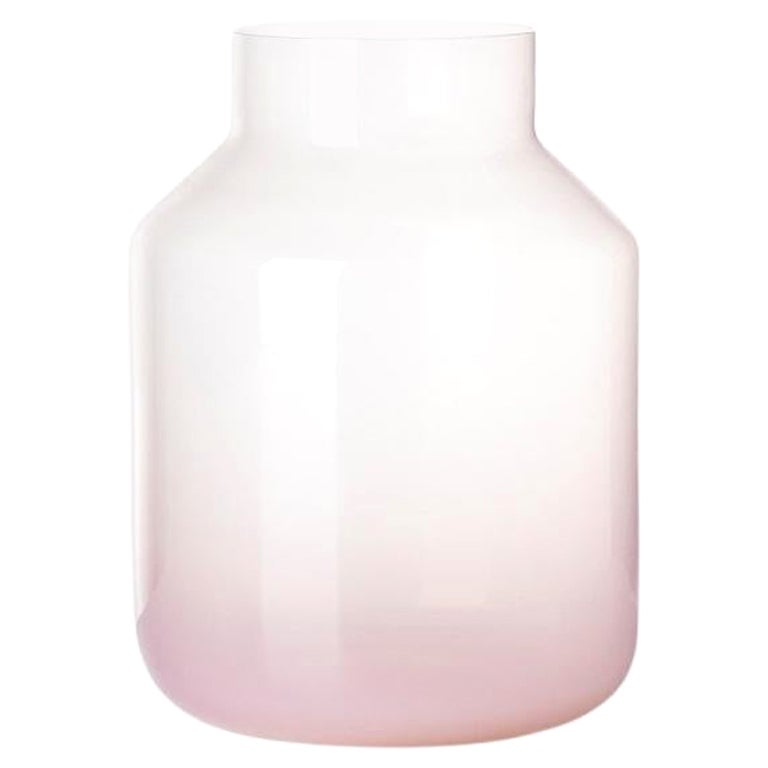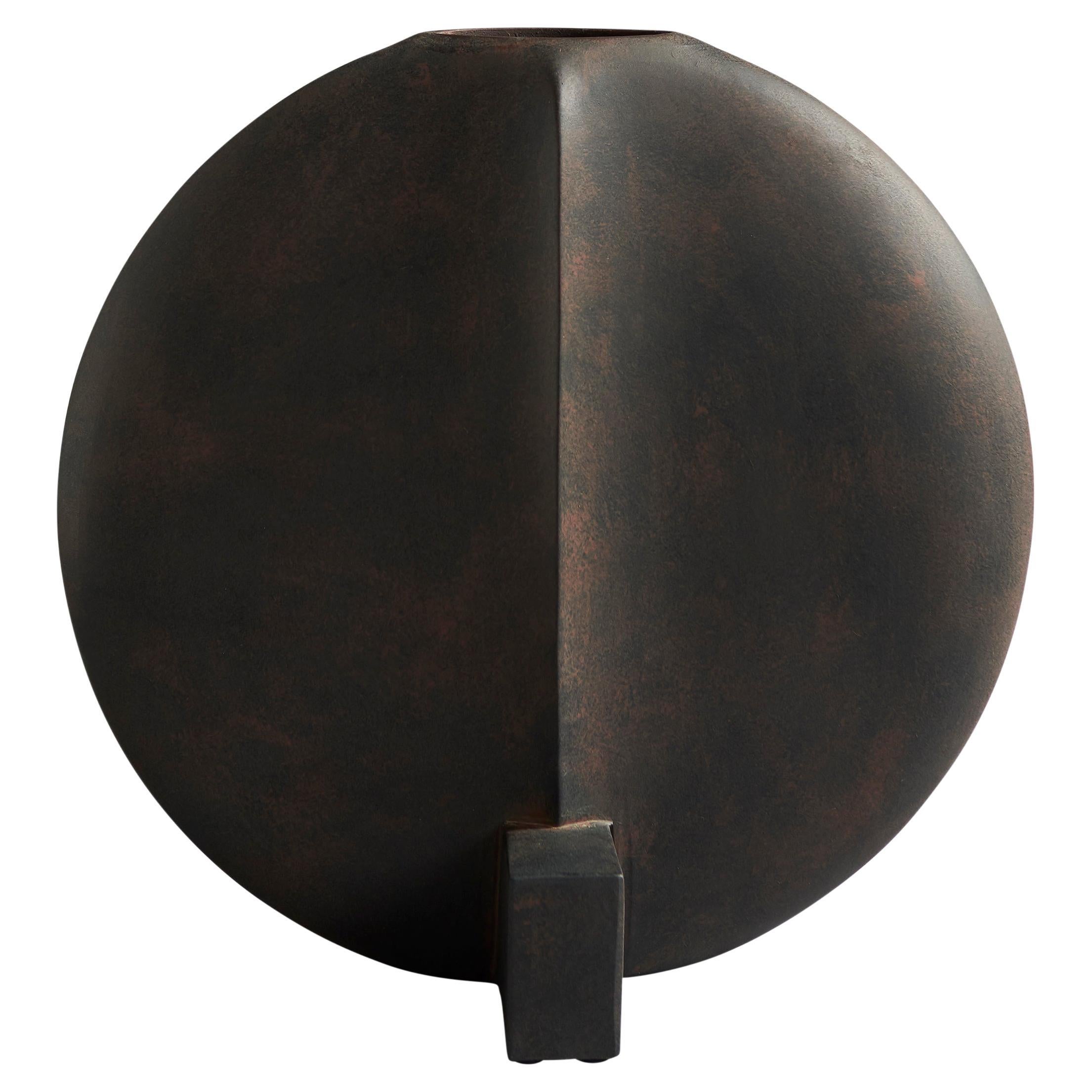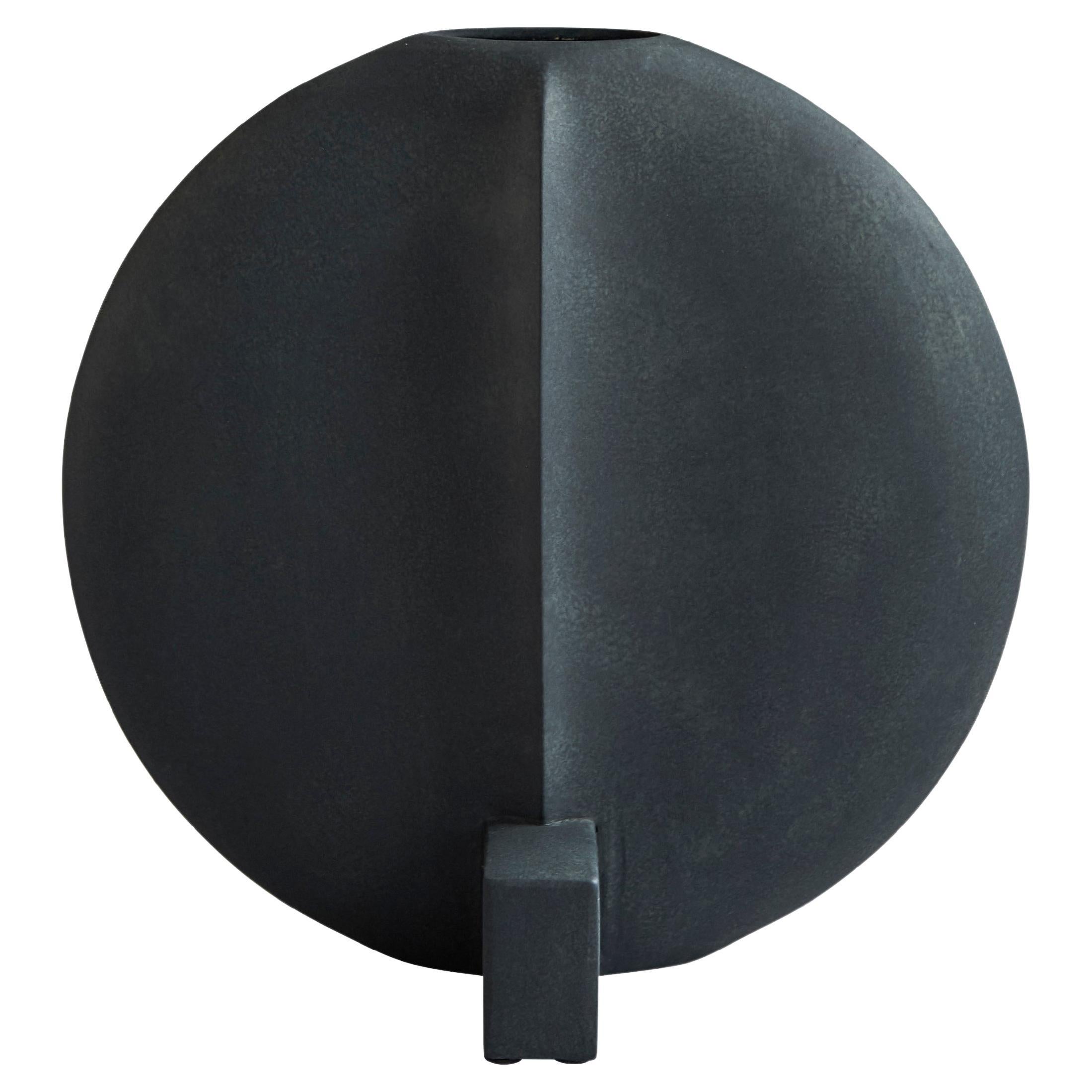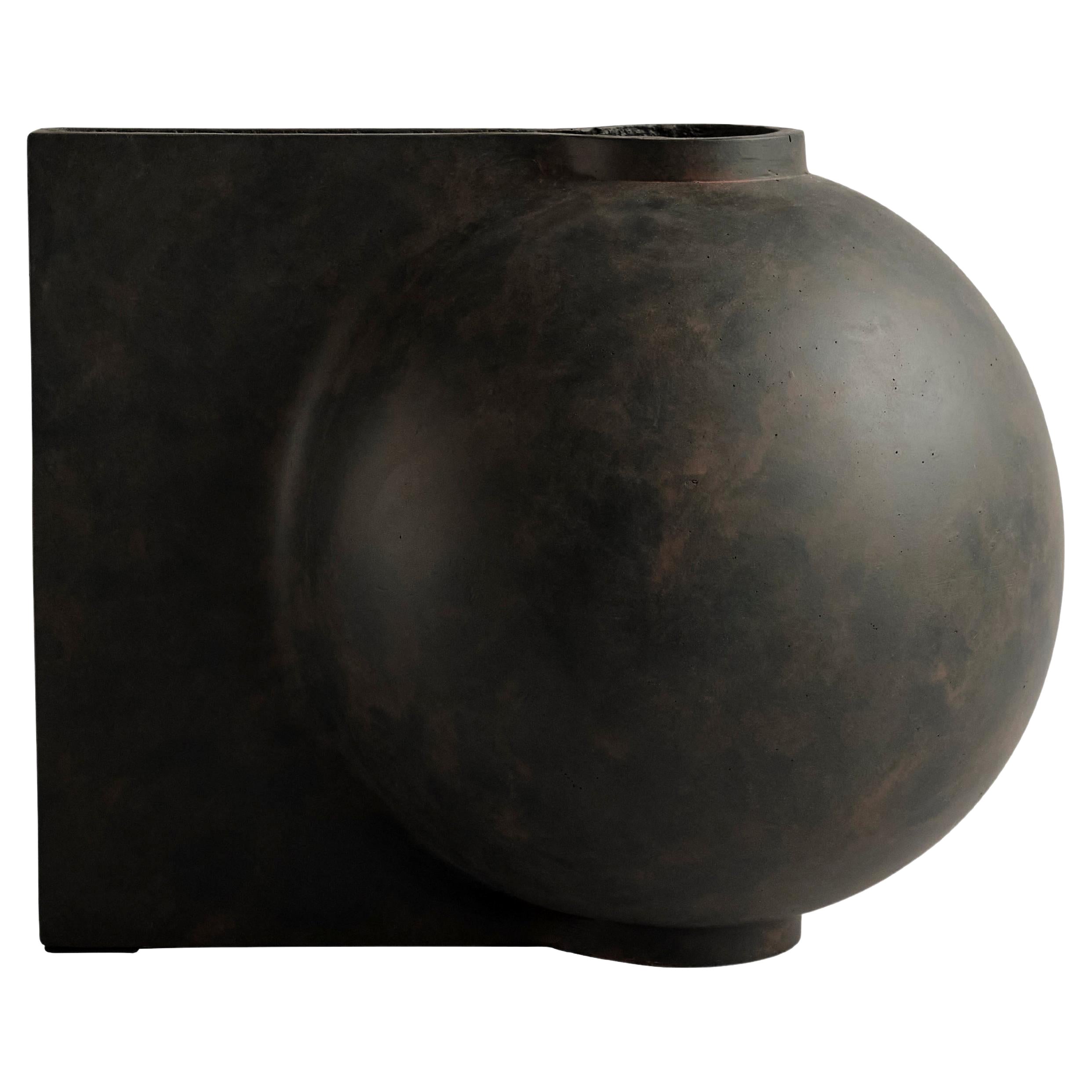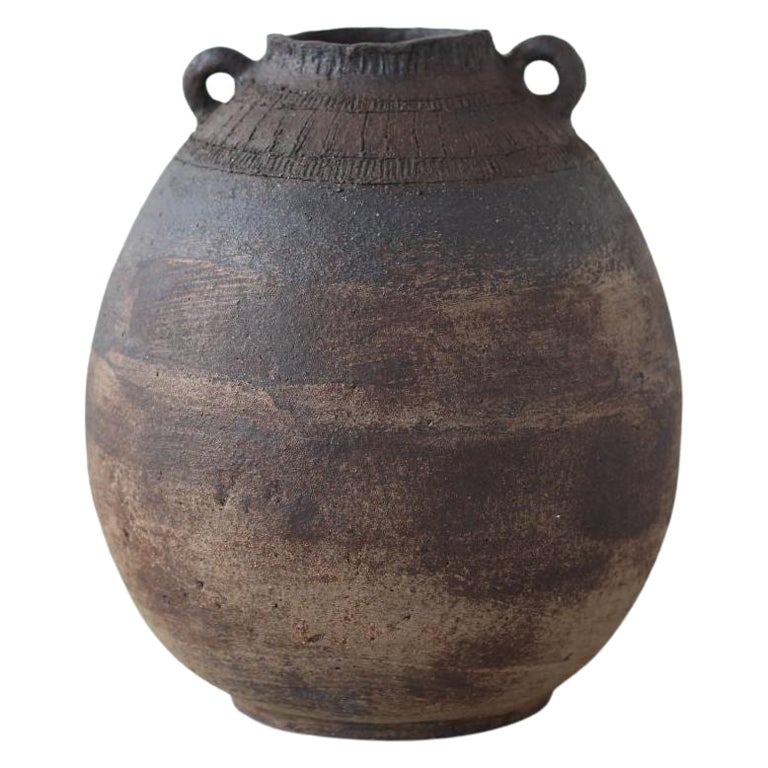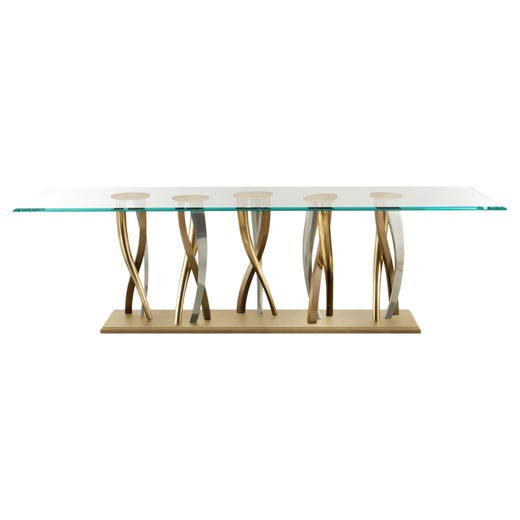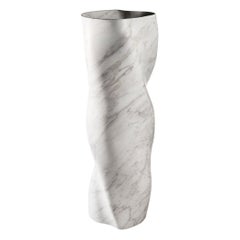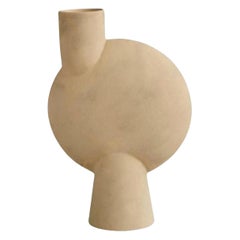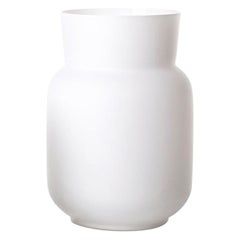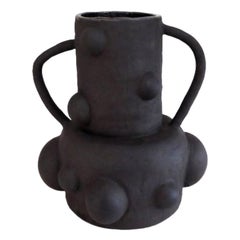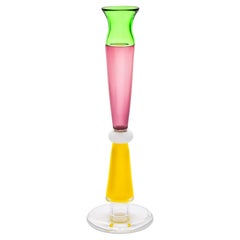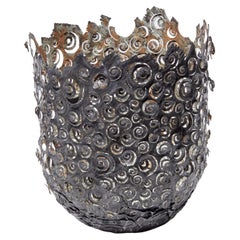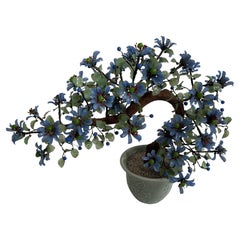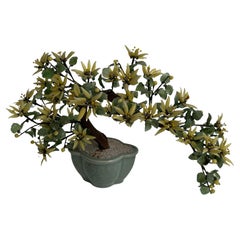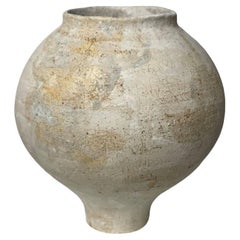
Big Moon II 12 by Jane D'Haene
View Similar Items
Want more images or videos?
Request additional images or videos from the seller
1 of 5
Big Moon II 12 by Jane D'Haene
$1,603.67List Price
About the Item
- Dimensions:Height: 13.98 in (35.5 cm)Width: 13.47 in (34.2 cm)Depth: 13.47 in (34.2 cm)
- Style:Modern (Of the Period)
- Materials and Techniques:Ceramic,Other
- Place of Origin:
- Period:
- Date of Manufacture:2022
- Production Type:New & Custom(Current Production)
- Estimated Production Time:7-8 weeks
- Condition:
- Seller Location:Geneve, CH
- Reference Number:1stDibs: LU1219228537802
Galerie Philia
Galerie Philia is an international contemporary sculptural design and art gallery representing emerging and established designers and artists. The gallery is the brainchild of two brothers who share a lifetime passion for art, literature and philosophy. Their distinct academic background sets them apart from their peers, as it sees them following a rhizomatic and transcultural approach in the way they select works. This involves combining elements from multiple cultures in what becomes a network of harmoniously interconnected roots, ultimately revealing the beauty of each unique creation. The gallery’s non-hierarchical curation sits apart from the ephemerality of trends and focuses instead on the true aesthetic quality of the piece – alluring and timeless. Unlike others, Galerie Philia does not focus on a single style – whether minimalist, organic or raw – but rather embraces heterogeneity. The Galerie Philia takes pride in discovering new talents, providing them with multiple international platforms to showcase their latest creations. As well as propelling the newest generation of 21st century collectible design, Galerie Philia also works with internationally known design artists. Galerie Philia has a strong international presence, with galleries in Geneva, New York and Singapore. In addition to their permanent spaces, the gallery organizes temporary group exhibitions and artists residencies in first-class locations around the world.

About the Seller
5.0
Recognized Seller
These prestigious sellers are industry leaders and represent the highest echelon for item quality and design.
Diamond Seller
Premium sellers with a 4.7+ rating and 24-hour response times
Established in 2015
1stDibs seller since 2015
5,003 sales on 1stDibs
Authenticity Guarantee
In the unlikely event there’s an issue with an item’s authenticity, contact us within 1 year for a full refund. DetailsMoney-Back Guarantee
If your item is not as described, is damaged in transit, or does not arrive, contact us within 7 days for a full refund. Details24-Hour Cancellation
You have a 24-hour grace period in which to reconsider your purchase, with no questions asked.Vetted Professional Sellers
Our world-class sellers must adhere to strict standards for service and quality, maintaining the integrity of our listings.Price-Match Guarantee
If you find that a seller listed the same item for a lower price elsewhere, we’ll match it.Trusted Global Delivery
Our best-in-class carrier network provides specialized shipping options worldwide, including custom delivery.More From This Seller
View AllVase II by Jonathan Hansen
Located in Geneve, CH
Vase II by Jonathan Hansen
12 Editions + 1 AP
Dimensions: 35 x 37 x H 102 cm
Materials: Calacatta Marble
SERIES I CAPTUM BIOMORFE is a group of...
Category
2010s Italian Modern Vases
Materials
Marble
$28,747 / item
Sand Big Sphere Vase Bubl by 101 Copenhagen
Located in Geneve, CH
Sand big sphere vase Bubl by 101 Copenhagen.
Designed by Kristian Sofus Hansen & Tommy Hyldahl.
Dimensions: L 31,5 / W 14 / H 45 cm.
Materials: Ceramic
The Sphere collection celebrates unique silhouettes and textures that makes an impact with the decorative charm of sculptural art. Elegantly sculpted, each vase is finished in intricate ornate detailing. Inspired by ancient Chinese vases...
Category
2010s Danish Modern Vases
Materials
Ceramic
$261 / item
Big Vase 20 by Dechem Studio
Located in Geneve, CH
Big vase 20 by Dechem Studio.
Dimensions: D 17.5 x H 25 cm.
Materials: glass.
Available in 2 sizes: D 14 x W 20/ D 17.5 x H 25 cm.
Available in white matte, crystal clear, pine g...
Category
2010s Czech Post-Modern Abstract Sculptures
Materials
Glass
$439 / item
Sculptural Moon Vase by Ia Kutateladze
By IAAI Studio- Ia Kutateladze
Located in Geneve, CH
Sculptural moon vase by Ia Kutateladze
Dimensions: W 23 x H 25 cm
Materials: Raw black clay
Moon vase is a bold ceramic piece, hand-built from black clay. Inner surface is glaze...
Category
2010s German Modern Vases
Materials
Clay
$653 / item
Big Bandaska Postmodern Vase by Dechem Studio
Located in Geneve, CH
Big Bandaska Postmodern vase by Dechem Studio.
Dimensions: D 15 x H 25 cm.
Materials: glass.
Available in 2 sizes: D15 x H25, D22 x H33 cm.
Another version of the highly succes...
Category
2010s Czech Post-Modern Abstract Sculptures
Materials
Glass
Big Glass Container Vase by Dechem Studio
Located in Geneve, CH
Big glass container vase by Dechem Studio.
Dimensions: D 17.5 x H 25 cm.
Materials: glass.
Available in 4 sizes: D9.5 x H19/ D13.5 x W21.5/ D17.5 x H25 ...
Category
2010s Czech Post-Modern Abstract Sculptures
Materials
Glass
$356 / item
You May Also Like
12 Amaltea Vase, by Ettore Sottsass from Memphis Milano
By Memphis Group, Ettore Sottsass, Memphis Milano
Located in La Morra, Cuneo
The Amaltea Vase was designed by Ettore Sottsass in 1986. The vase is part of the “Amaltea Glass” collection. Made in Murano. Signed “E.Sottsass per Memphis”. Signed on the base.
Et...
Category
21st Century and Contemporary Italian Modern Vases
Materials
Glass
Ammonite Vessel, a Unique Steel & Moon Gold Sculptural Vessel by Claire Malet
By Claire Malet
Located in London, GB
Ammonite vessel is a unique steel & moon gold sculptural vessel by the British artist Claire Malet. Created from an oxidised re-formed steel can and hand-gilded on the interior with ...
Category
2010s British Organic Modern Vases
Materials
Steel, Gold Leaf
Big Bonsai, Glass and Ceramic
Located in Ciudad Autónoma Buenos Aires, C
We have specialized in the sale of Art Deco and Art Nouveau and Vintage styles since 1982. If you have any questions we are at your disposal.
Pushing the button that reads 'View All From Seller'. And you can see more objects to the style for sale.
Why are there so many antiques in Argentina?
In the 1880 – 1940 there was a grate wave of immigration encouraged by the periods of war that were taking place.
1st World War took place between 1914 and 1918
2nd World War took place between 1939 and 1945
The immigrants options were New York or Buenos Aires. Tickets were cheap and in Buenos Aires they were welcomed with open arms, as it was a country where everything was still to be done.
Argentina was the country of new opportunities, labour was needed and religious freedom was assured, in many cases the of the family travel first until they were settled and then the rest of the family members join them.
In the immigrant museum “Ellis Island Immigrant Building” in New York you can se the promotional posters of the boats that would take them to a new life.
Between the years 1895 and 1896, Argentina had the highest DGP (gross domestic product) per capita in the world according to the Maddison Historical Statistics index, this situation arose due to the large amount of food being exported to European countries, which were at war.
The Argentinean ships left the port of Buenos Aires with food, but they returned with furniture, clothes and construction elements, (it´s common to see this the old buildings of the historic neighbourhood of San Telmo, the beams with the inscription “Made in England)”, as well as many markets that were built in Buenos Aires, such us the San Telmo Market, whose structure was brought by ship and afterwards assembled in 900 Defensa Street.
With the great influence of European immigrants living in the country, the children of the upper classes travelled to study in France, resulting in the inauguration of “La Maison Argentinienne”, on 27th of June 1928, in the international city of Paris, which hosted many Argentinians that were studying in Frace.
It´s the fourth house to be built after France, Canada and Belgium, being the first Spanish-speaking one. Still in place today (17 Bd Jourdan, 75014, Paris, France). Many of the children of these wealthy families who attended international art exhibitions, museums and art courses abroad, took a keen interest in the European style. This is why Buenos Aires was at the time referred as “The Paris of South America”.
Between the years 1890 and 1920 more than a hundred Palaces were built on Alvear Avenue the most exclusive avenue in Buenos Aires. Today some of these palaces have been transformed into museums, hotels and embassies.
In the year 1936, the Kavanagh building was inaugurated, it was the tallest reinforced concrete building in South America.
During 1994 the American Society of Civil Engineers distinguished it as an “international engineering milestone”, and it´s now considered a World Heritage of Modern Architecture.
At the time was common to hire foreign architects such as Le Corbusier, who visited Buenos Aires/Argentina in 1929 and in 1948 he drew up the blueprints for a house built in La Plata City (which was declared a World Heritage Site).
In 1947, the Hungarian architect Marcelo Breuer designed “Parador Ariston” in the seaside city of Mar del Plata. After an Argentinean student at Harvard University convinced him to come to Argentina. He worked on an urban development project in the Casa Amarilla, area of La Boca.
The Ukrainian architect, Vladimiro Acosta, arrives in Argentina in 1928 and worked as an architect until que moved to Brazil.
Antonio Bonet, a Spanish architect who worked with Le Corbusier in Paris, arrives in Argentina in 1937, where he carried out several architectural works and in 1938 designs the well-known BFK chair.
Andres Kálnay, of Hungarian origin, made around 120 architectural masterpieces, among which the former Munich brewery stands out, he even made the furniture’s design.
The German architect, Walter Gropius, director of the Bauhaus, lived in Argentina, where he wrote articles for “Sur” magazine and founded in Buenos Aires, an architectural firm with Franz Möller, who was also an architect, where he built two houses.
At the same time several famous designers decided to immigrate to Argentina, among them we can find the well-known French designer, Jean-Michel Frank, who arrived in the country in 1940 and also worked for the Rockefeller family.
Special pieces were made, which were sold exclusively in the country, such as the well-known German company “WMF”, who sold their products by catalogue, which were chosen by the ladies of High Society in the list of wedding gifts, as well as the pieces designed by Christofle.
The Swiss sculptor Alberto Giacometti, made special pieces for Argentinean mansions.
In 1904 the first Jansen branch outside Paris was established in Buenos Aires, as the Argentinean clientele demanded a large amount of furniture, from the end of the 19th Century to the mid-20th Century.
In 1970, the brand Rigolleau Argentina made pieces authorised by Lalique.
The brands Maple and Thompson also set up shop in the country.
The French plastic artist, Marcel Duchamp moved to Argentina in 1918-1919.
Glass signed Gallé, Charder, Leverre, Schneider, Muller and other French firms. They were bought in flower shops and were given to ladies with beautiful floral arrangements.
Some furniture manufacturers travelled to international fairs and bough the patterns to produce the furniture in Argentina, such as the furniture firm Englander and Bonta, who bought the patterns ins Italy.
It is worth mentioning that in Argentina we have the largest Community of Italians outside...
Category
Vintage 1980s Japanese Mid-Century Modern Planters, Cachepots and Jardin...
Materials
Art Glass, Ceramic
Big Yellow Bonsai, Glass and Ceramic
Located in Ciudad Autónoma Buenos Aires, C
We have specialized in the sale of Art Deco and Art Nouveau and Vintage styles since 1982. If you have any questions we are at your disposal.
Pushing the button that reads 'View All ...
Category
Vintage 1980s Japanese Mid-Century Modern Planters, Cachepots and Jardin...
Materials
Ceramic, Art Glass
Achromatic Fold in White II, a Parian Porcelain Vessel by Steven Edwards
By Steven Edwards
Located in London, GB
'Achromatic Fold in White II' is a unique sculpture by the British artist Steven Edwards, created from parian porcelain.
Steven Edwards is a ceramic artist whose work investigates the language of making through the materiality and physicality of clay. Fascinated by process-led making, he uses traditional techniques that provoke unanticipated outcomes, using clay as a medium that sustains the narrative of the making process. The resulting forms embody his interaction and manipulation of the clay using bespoke tools to explore the intrinsic properties of the material.
His creative practice starts by purposely placing clay under stress to reveal the natural tension and movement in its surface and form. Throughout the whole making process, he pushes, pulls, compresses and slices the material to provoke a reaction. The final forms are a combination of these making scenarios, translating a theme of duality in their appearance – the contrast of visual distortion and precision, the stillness and movement in form and the surface deception between synthetic and natural.
Whilst challenging and pushing his material to the limits, often using clay bodies in ways they are not designed for, Edwards purposely exploits unexpected outcomes. Creating a sense of unease, during the making his clay cracks and buckles, resulting in permanent scars that illustrate the extremes that have been asked of it. Purely aesthetic, these fissures within the surface are an important counter point to the idealised sugary-hued confectionery layered rings.
Edwards has exhibited his work at premiere contemporary design and craft shows including British Ceramics...
Category
2010s British Organic Modern Abstract Sculptures
Materials
Ceramic, Porcelain
Spinal II, Unique Tree Inspired White & Aubergine Glass Vase by Mårten Medbo
By Mårten Medbo
Located in London, GB
‘Spinal II' is a limited edition (ed 49) tree-inspired white & aubergine glass vase by the Swedish artist, Mårten Medbo.
Among his work, there are numerous examples of pieces having...
Category
2010s Swedish Organic Modern Vases
Materials
Glass, Art Glass, Blown Glass
Recently Viewed
View AllRead More
Galerie Philia Unveils Limited-Edition Designs at Giampiero Tagliaferri’s New L.A. Studio
For the exhibition “Materia Perpetua,” the gallery asked an international group of makers — including Tagliaferri — to explore the possibilities of a surprisingly versatile material: onyx.
Galerie Philia Doesn’t Just Discover Fresh Design Talent — It Grows It
With an impressive slate of international exhibitions, the Geneva-based gallery raises the profiles of emerging designers.
More Ways To Browse
Moon Vase Korea
Jane Yang
Twist Vase
Vintage Black Murano Vase
Mid Century Modern Crystal Vase
Murano With Applied Glass
Studio Pottery Signed Brown
Large Vase With Lid
Luxury Vase Glass
Bronze Vase Mid Century
Green Yellow Red Vase
Green Metal Vase
Italian Cased Glass Vase
Water Vessel Clay
Antique Copper Vessels
Large Abstract Vase
Meiji Cloisonne Furniture
Meiji Cloisonne
